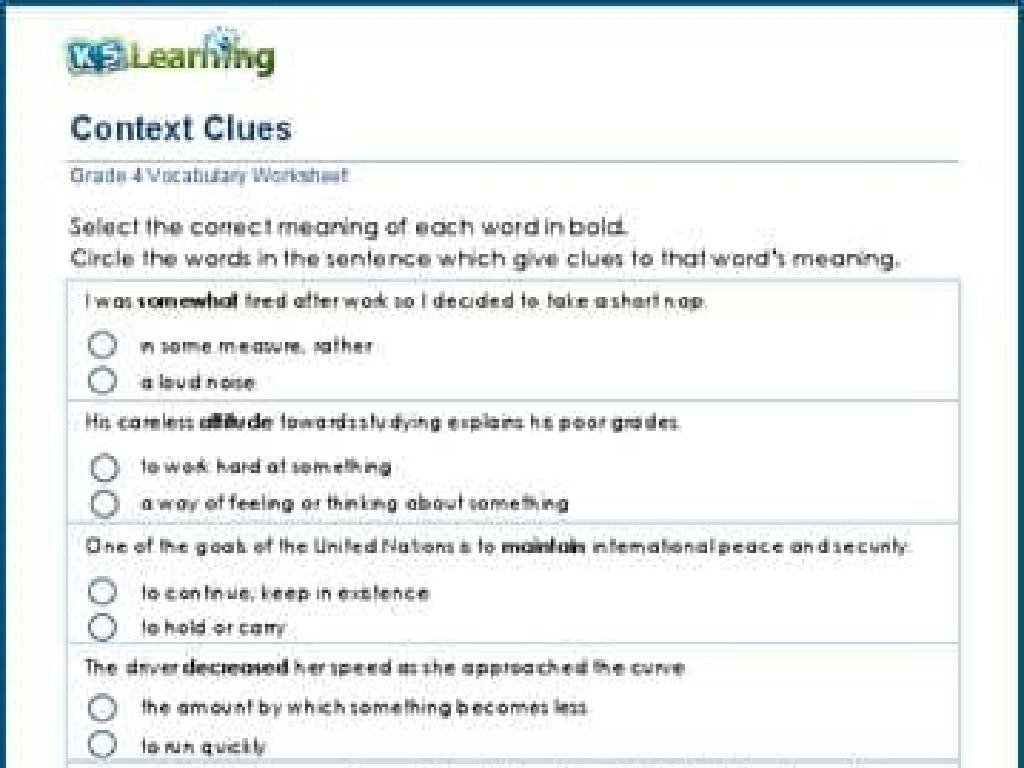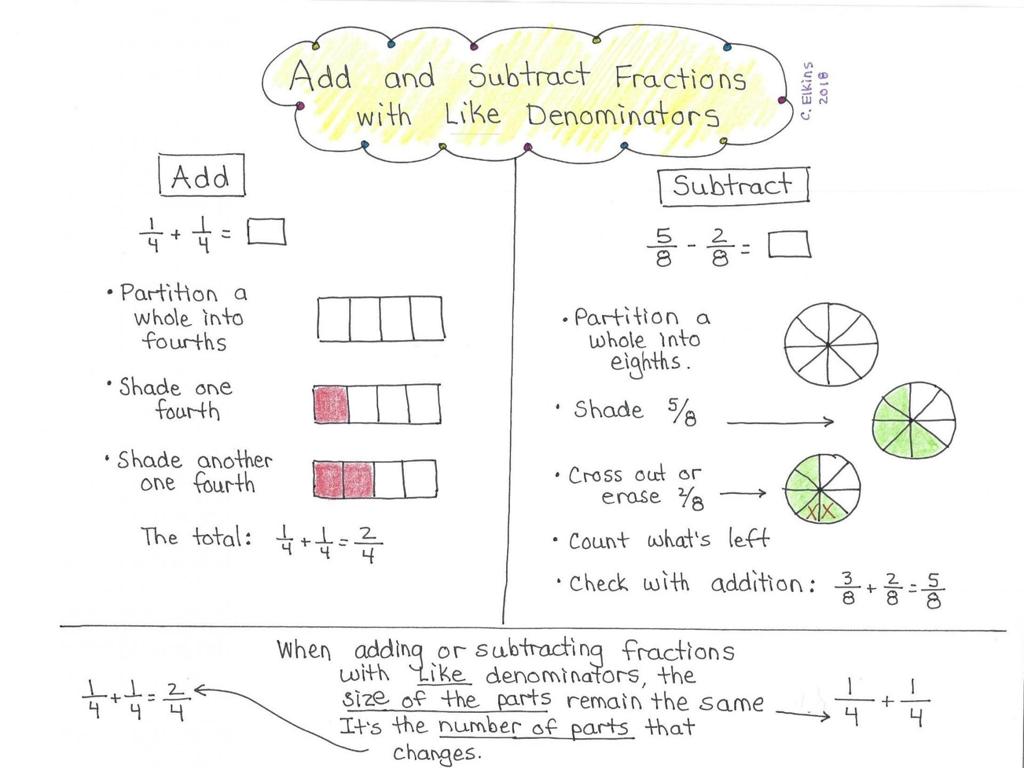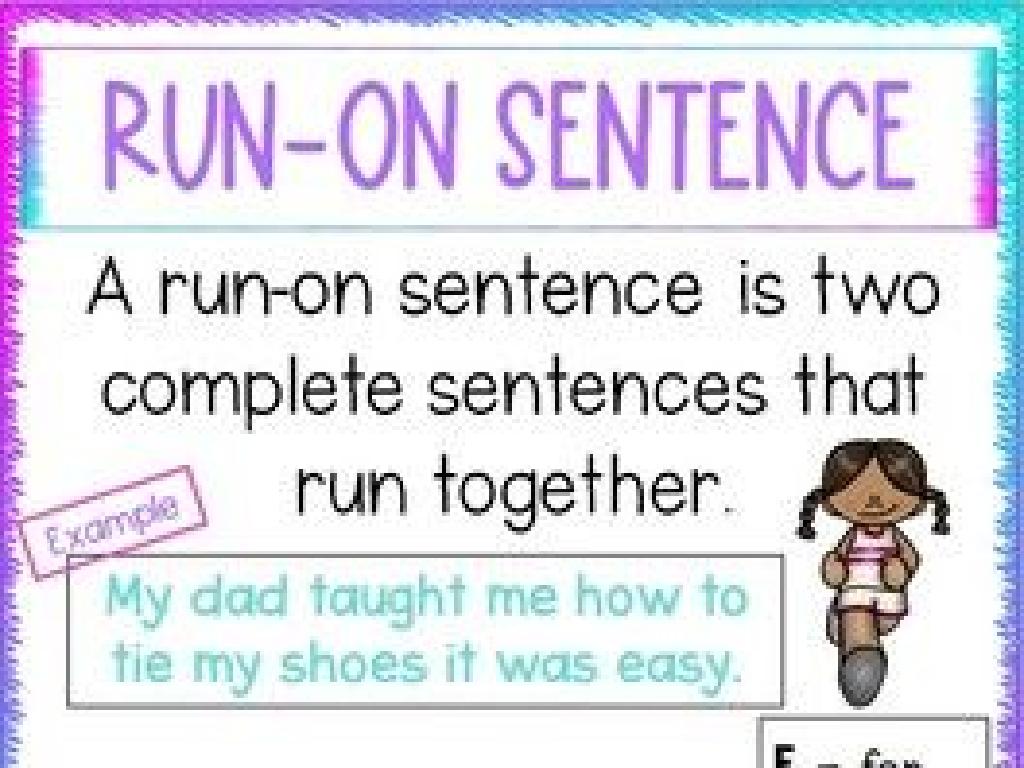Find The Lowercase Letters
Subject: Language arts
Grade: First grade
Topic: Lowercase And Uppercase Letters
Please LOG IN to download the presentation. Access is available to registered users only.
View More Content
Welcome to Lowercase Letters!
– Learn about lowercase letters
– Difference: uppercase vs lowercase
– Uppercase letters start sentences. Lowercase letters are used in the middle.
– Why learn lowercase letters?
– Lowercase letters are common in reading and writing.
– Practice recognizing them
– We’ll play games to find and match them!
|
This slide introduces first graders to the concept of lowercase letters, which are essential in reading and writing. Begin by explaining that lowercase letters are the ‘small’ letters we use most of the time in writing, except for special cases like the beginning of sentences or proper nouns where uppercase ‘big’ letters are used. Emphasize the importance of recognizing and using lowercase letters correctly as they make up the majority of our written language. Engage the students with activities such as matching games, finding lowercase letters in their favorite books, or writing them out. This will help solidify their understanding and recognition of lowercase letters in a fun and interactive way.
Meet the Alphabet!
– Explore all 26 letter pairs
– See both uppercase and lowercase forms side by side
– Spot uppercase vs lowercase ‘A’
– Notice the size and shape differences between ‘A’ and ‘a’
– Sing the alphabet song
– We’ll sing together to learn all the letters
– Practice identifying lowercase
– Find and circle all the lowercase letters in a worksheet
|
This slide is designed to introduce first graders to the concept of uppercase and lowercase letters. Start by showing them the full alphabet with both uppercase and lowercase letters side by side. Engage the students by asking them to compare and contrast the uppercase ‘A’ with the lowercase ‘a’, focusing on their differences in size and shape. Incorporate the alphabet song to make the learning process fun and memorable. Finally, provide a worksheet with a mix of letters and have the students practice identifying and circling the lowercase letters. This activity will help reinforce their understanding of the alphabet and the distinction between uppercase and lowercase letters.
Uppercase vs Lowercase Letters
– Uppercase letters: big letters
– Lowercase letters: small letters
– Uppercase at sentence start
– Like ‘The’ at the beginning of this sentence.
– Uppercase for names
– For example, ‘Sarah’ and ‘Tom’ start with uppercase.
|
This slide introduces the concept of uppercase and lowercase letters to first graders. Emphasize that uppercase letters, also known as capital letters, are the larger versions of the alphabet and are used in specific cases. Lowercase letters are the smaller forms and are the most commonly used. It’s important to highlight that uppercase letters are used at the beginning of sentences and for proper nouns, which include people’s names, places, and specific things. Engage the students with examples on the board and perhaps provide a worksheet where they can practice identifying and writing both uppercase and lowercase letters. Encourage them to look for uppercase letters at the beginning of sentences in their favorite storybooks and to notice how names always start with uppercase letters.
Spot the Lowercase Letters
– Let’s find lowercase letters
– We’ll look for small letters like a, c, m
– Point to lowercase on the board
– I’ll show letters, you point to small ones
– Differentiate lowercase from uppercase
– Lowercase are small, uppercase are big like A, C, M
– Practice recognizing letters
|
This slide is aimed at helping first graders identify and differentiate between lowercase and uppercase letters. Start by explaining that lowercase letters are the small versions of the alphabet, and show examples on the board. Encourage the students to point to the lowercase letters as you go through them. Ask questions to engage the students, such as ‘Is ‘a’ a lowercase or an uppercase letter?’ and ‘Can you find the lowercase ‘b’ on the board?’ This interactive approach helps students to visually and physically connect with the concept of lowercase letters. As an activity, you can have various letters displayed on the board and ask students to come up and circle the lowercase ones. This reinforces their learning and allows you to assess their understanding.
Matching Game: Uppercase and Lowercase Letters
– Match uppercase with lowercase
– Find the lowercase version of each big letter
– Draw a line to connect pairs
– Use a pencil to draw lines from big to small letters
– Check if all matches are correct
– Review your matches to ensure they’re all right
|
This slide introduces a matching game activity to help first graders recognize and pair uppercase letters with their lowercase counterparts. Provide students with a worksheet that has a column of uppercase letters on one side and a jumbled column of lowercase letters on the other. Instruct them to draw lines connecting each uppercase letter to its matching lowercase letter. This activity reinforces letter recognition skills and helps students understand the concept of uppercase and lowercase letters being different forms of the same letter. After completing the activity, review the matches as a class to ensure understanding. Possible variations of the activity could include using stickers, stamps, or a digital drag-and-drop interface for online learning environments.
Writing Practice: Lowercase Letters
– Practice writing lowercase letters
– Write each letter on practice sheets
– Start at the dot and follow the arrows
– This helps us learn where to begin and how to form each letter
– Take your time and do your best
– Neat handwriting is important, so no rush!
|
This slide is for a classroom activity focused on practicing writing lowercase letters. Provide each student with a practice sheet that has dotted letters with arrows indicating the stroke order. Demonstrate on the board how to start at the dot and follow the arrows to write each letter. Walk around the classroom to assist students and ensure they are forming the letters correctly. Encourage them to take their time for neat handwriting. Offer praise for effort and improvement, not just perfection. This activity helps with letter recognition and fine motor skills, which are crucial for early literacy development.
Finding Lowercase Letters
– Observe the worksheet carefully
– Circle each lowercase letter
– Lowercase letters are small, not tall
– There are many, can you find them all?
– We’ll review as a class
– Checking answers helps us learn
|
This slide is for a class activity aimed at helping first-grade students recognize and differentiate between lowercase and uppercase letters. Provide each student with a worksheet filled with a mix of letters. Instruct them to carefully look at each letter and circle the ones that are lowercase. Explain that lowercase letters are the smaller versions of letters, as opposed to the tall uppercase letters. Encourage them to find as many as they can, ensuring they understand it’s not a race but a learning activity. After the activity, go through the worksheet as a class, allowing students to share their findings and providing positive reinforcement. This will help reinforce their understanding of lowercase letters and ensure they feel confident in identifying them.
Class Activity: Letter Hunt
– Let’s hunt for letters in the classroom
– Find objects with lowercase starting letters
– Look for items like ‘apple’ or ‘book’
– Pair up for the letter hunt
– Write down the items you find
– Use a notepad to list your lowercase items
|
This activity is designed to help students recognize and differentiate between lowercase letters in a fun and interactive way. Have the students pair up and search the classroom for objects that begin with lowercase letters. They should write down the items they find, along with the corresponding letter. For example, ‘a’ for ‘apple’ or ‘b’ for ‘book’. This will reinforce their understanding of lowercase letters and their ability to identify them in the context of everyday objects. Provide assistance as needed and encourage teamwork. After the activity, discuss the findings as a class and praise successful pairs for collaboration and discovery.
Celebrating Our Lowercase Letter Detectives!
– Excellent work on lowercase letters!
– Lowercase letters: key to reading & writing
– They are the most common letters in books.
– Practice is crucial – keep it up at home!
– Try finding lowercase letters in your favorite story!
– Proud of your progress and effort!
|
This slide is a conclusion to reinforce the importance of recognizing lowercase letters, which are essential in developing reading and writing skills. Congratulate the students on their hard work during the lesson. Emphasize that lowercase letters appear more frequently in texts than uppercase letters, making them crucial for reading fluency. Encourage students to continue practicing at home, perhaps by identifying lowercase letters while reading their favorite books or writing a short story using both lowercase and uppercase letters. Celebrate their achievements and encourage a positive attitude towards continuous learning and practice.






